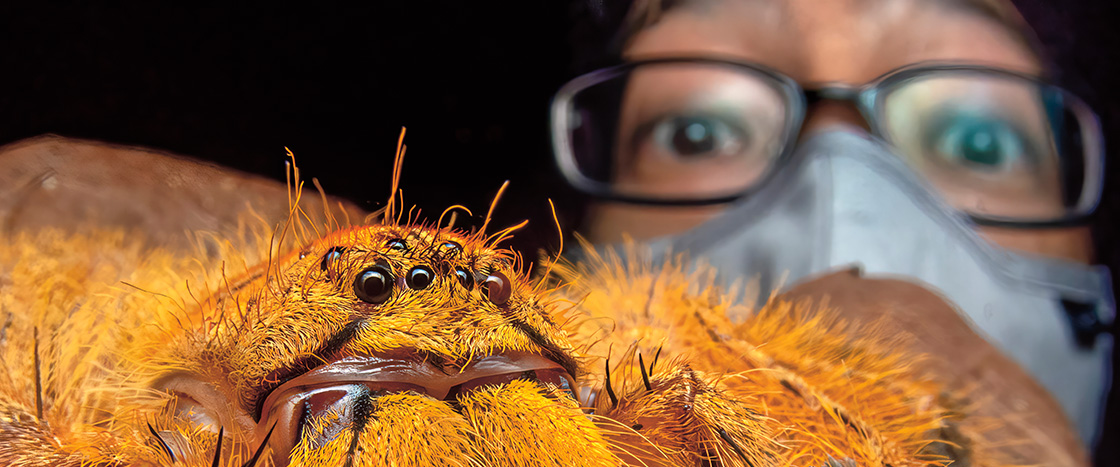The night was dark, and Nicky Bay could hear the hum of insects all around him. He was walking through a rainforest in his home country of Singapore, located in Southeast Asia. On the forest floor, he came across a fallen tree—the perfect place to look for tiny animals! He crouched down to get a better view.
The night was dark. Nicky Bay could hear insects all around him. He was walking through a rainforest. It was in his home country of Singapore. That’s in Southeast Asia. He came across a fallen tree. It was a great place to look for tiny animals! He bent down to get a better view.

